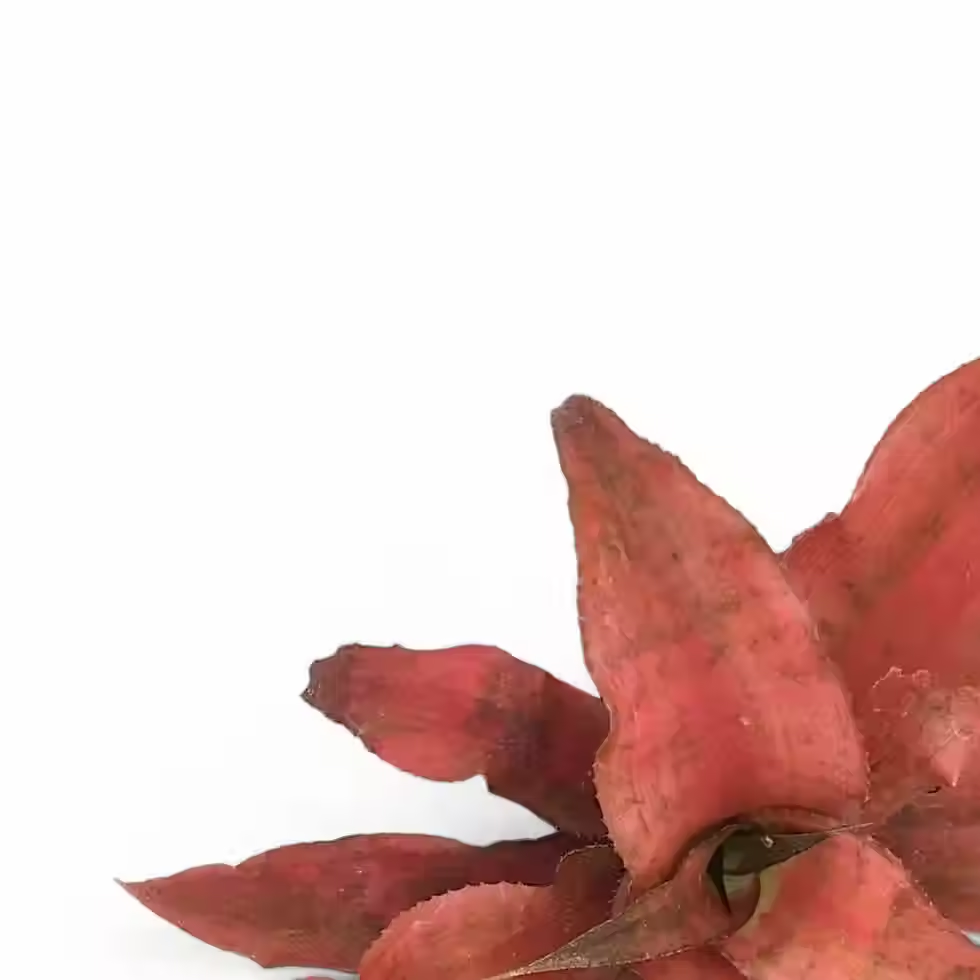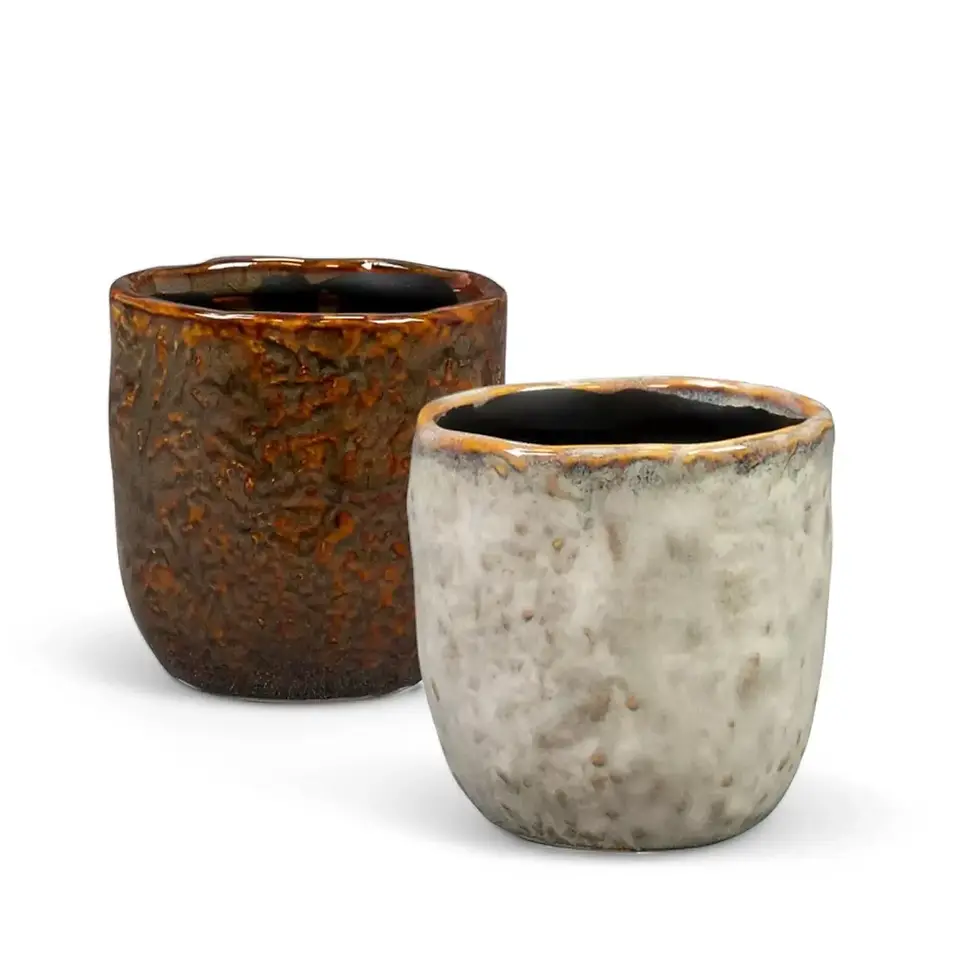Alocasia melo: Info and Care Guide
Alocasia melo is a captivating houseplant celebrated for its uniquely textured, leathery leaves. These broad, thick leaves boast a rich jade green base with striking bluish-gray undertones, complemented by bold, dark veining that creates a dramatic contrast. The leaf surface features a corrugated, almost sculptural quality that enhances its exotic allure.
Origin and Habitat of Alocasia melo
Native to the lush lowland rainforests of Sabah in Malaysian Borneo, Alocasia melo thrives on steep, rocky slopes near fast-moving streams. Its thick, resilient leaves evolved to endure nutrient-poor ultramafic soil and challenging conditions. Found at elevations between 120 and 400 meters, this plant prefers warm, humid environments with filtered light—ideal conditions for indoor cultivation.
Key Features and Characteristics of Alocasia melo
- Unique Leaves: Thick, leathery leaves with a corrugated surface, showcasing jade green and bluish tones accented by dark veins.
- Compact Size: Grows 30-50 cm tall, perfect for small spaces, terrariums, or plant cabinets.
Care Guide for Alocasia Melo
→ Light
- Bright, Indirect Light: Provide 10-12 hours of indirect light daily for vibrant growth.
- Avoid Direct Sun: Direct sunlight may scorch the leaves. East- or north-facing windows are ideal.
- Light Adjustment: Gradually adapt the plant to changes in lighting conditions to prevent stress.
→ Water
- Moderate Watering: Allow the top 75% of the soil to dry out before watering. Overwatering may lead to root rot.
- Proper Drainage: Ensure pots have drainage holes to prevent water pooling.
- Watering Signs: Look for curling leaves or dry soil as indicators for watering.
→ Humidity
- High Humidity Levels: Maintain 60-80% humidity. A humidifier is highly beneficial in dry climates.
- Placement Tip: Group with other tropical plants or place in a plant cabinet to sustain higher humidity.
→ Temperature
Warm Temperatures: Keep it between 18-27°C. Protect from sudden temperature fluctuations and cold drafts.
→ Soil
- Well-Draining Mix: Use a potting mix enriched with orchid bark, perlite, and coconut coir for optimal moisture retention without waterlogging.
- Acidic Preference: Maintain a pH of 5.5 to 6.5 for healthy growth.
→ Repotting and Pot Choice
- Repotting Frequency: Repot every 2-3 years or when roots become pot-bound.
- Optimal Pots: Terracotta or ceramic pots with drainage holes are ideal. Self-watering pots are a convenient alternative.
→ Fertilizing
- Monthly Feeding: Apply a diluted balanced liquid fertilizer once a month to support growth. Avoid over-fertilizing.
→ Propagation
- Rhizome Division: Propagate by dividing rhizomes during repotting. Ensure each segment has healthy roots and a stem.
- Post-Propagation Care: Place new divisions in warm, humid areas to encourage rooting.
→ Semi- and Hydroponics
- Adaptability: Thrives in semi-hydroponic setups using LECA (lightweight expanded clay aggregate).
- Hydroponic Tips: Refresh water weekly to avoid stagnation and ensure sufficient nutrients.
→ Pruning
- Maintenance: Remove yellow or damaged leaves to promote overall health.
Alocasia melo - Common Issues and Solutions
→ Pests
- Spider Mites: Detect fine webbing on leaves. Wipe foliage with a damp cloth or microfiber dusting gloves for plants and treat with insecticidal soap.
- Mealybugs: Remove cottony clusters using rubbing alcohol and neem oil.
- Thrips: Treat silvery streaks on leaves with neem oil or insecticidal spray.
→ Root Rot
Symptoms: Yellowing leaves and a foul soil odor.
Solution: Trim affected roots and repot in fresh, well-draining soil.
→ Leaf Issues
- Drooping Leaves: Often caused by low light or underwatering. Address environmental inconsistencies.
- Brown Edges: Increase humidity or move the plant away from direct sunlight.
- Yellowing Leaves: Indicate overwatering or nutrient deficiencies. Adjust care accordingly.
→ Fungal Problems
Signs: Dark spots or moldy patches on leaves.
Treatment: Prune infected leaves and apply fungicide. Improve airflow and reduce overwatering.
→ Slow Growth
Cause: Insufficient light or inconsistent feeding.
Solution: Increase light exposure, ensure monthly feeding, and maintain a stable environment.
Additional Considerations for Alocasia melo
Understanding the natural habitat of Alocasia melo helps recreate ideal growing conditions. Mimicking these environments ensures your plant thrives rather than merely survives.
→ Companion Plants
Pair with other tropical species like Calatheas or Monsteras for a cohesive, high-humidity indoor jungle aesthetic.
→ Stress Recovery
If your plant becomes stressed, consider repotting, increasing humidity, or adjusting lighting to encourage rejuvenation.
Etymology
The species name ‘melo’ derives from its thick, nearly circular leaves resembling a cantaloupe melon rind. This species was first described by botanists A. Hay, P.C. Boyce, and K.M. Wong.
FAQs About Alocasia Melo
- Is Alocasia melo pet-friendly? No, it is toxic to pets and humans if ingested. Keep it out of reach of children and animals.
- Does it need a grow light? If natural light is insufficient, grow lights mimicking indirect sunlight are a great option.
Bring Alocasia Melo Home
Add Alocasia melo to your indoor garden and enjoy its stunning, textured foliage. Don’t wait—shop now and transform your space with this rare tropical beauty!
Alocasia melo
Alocasia melo comes in a ⌀ 6 cm pot and is approximately 10 cm tall

























































